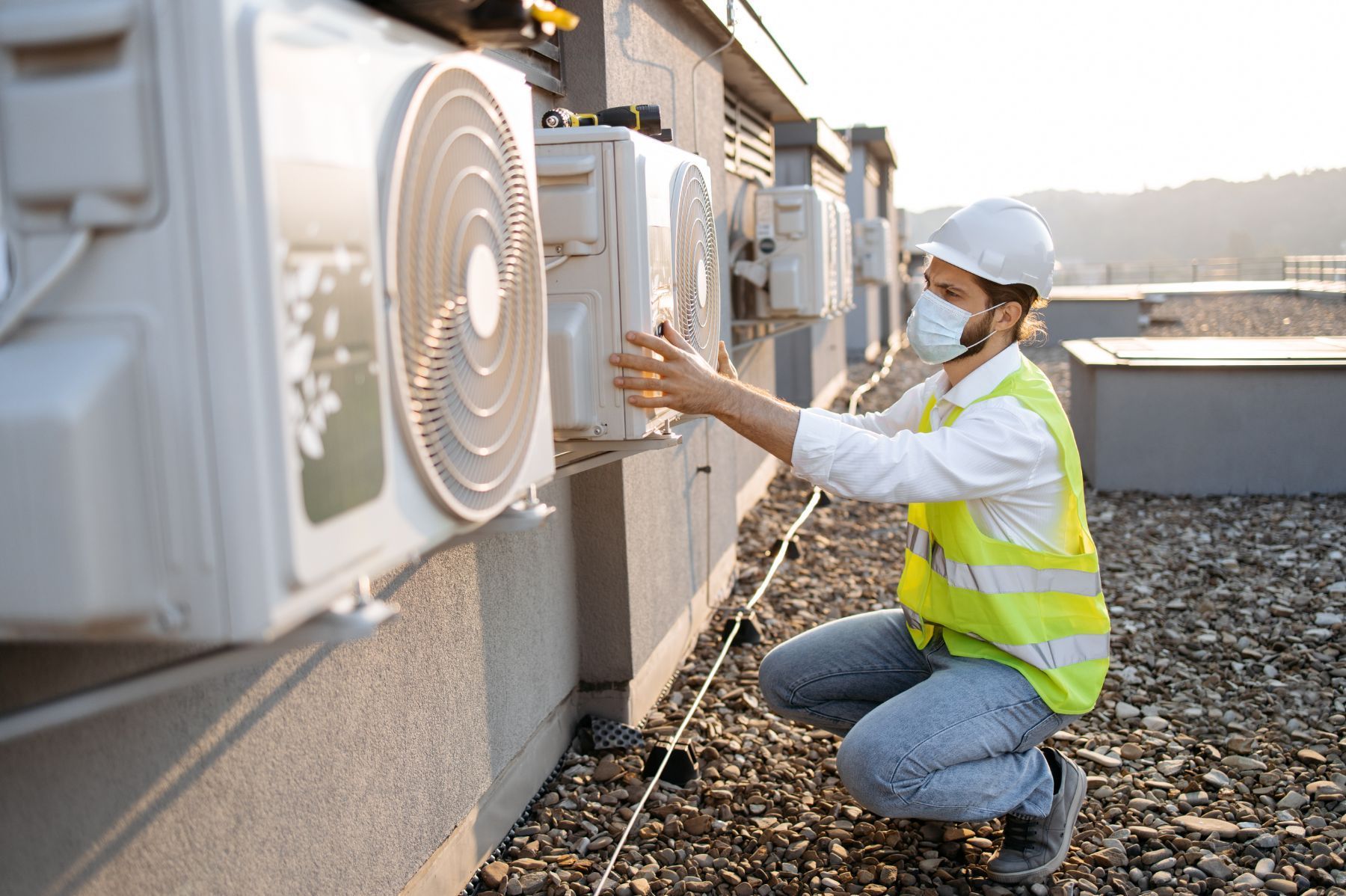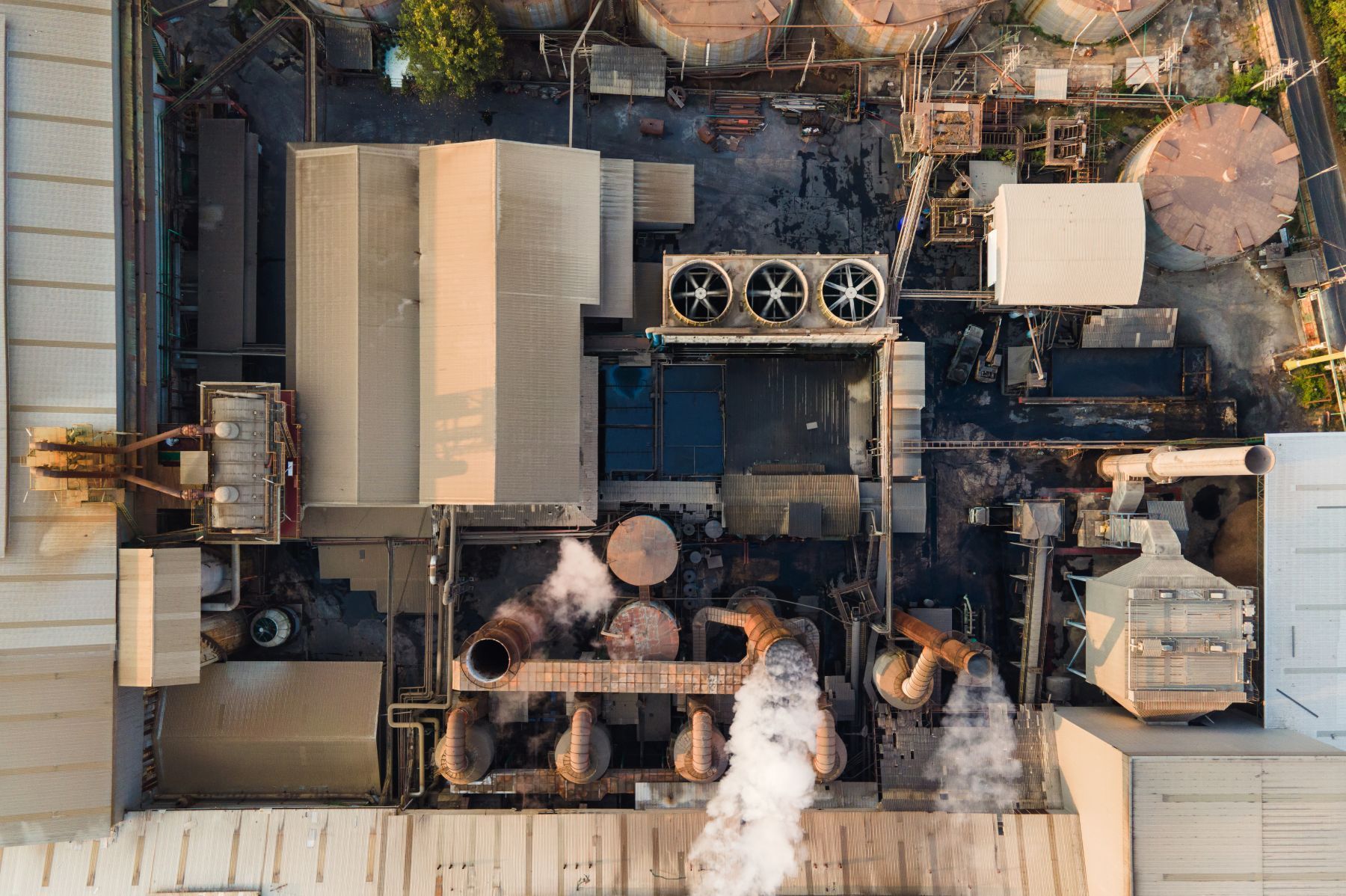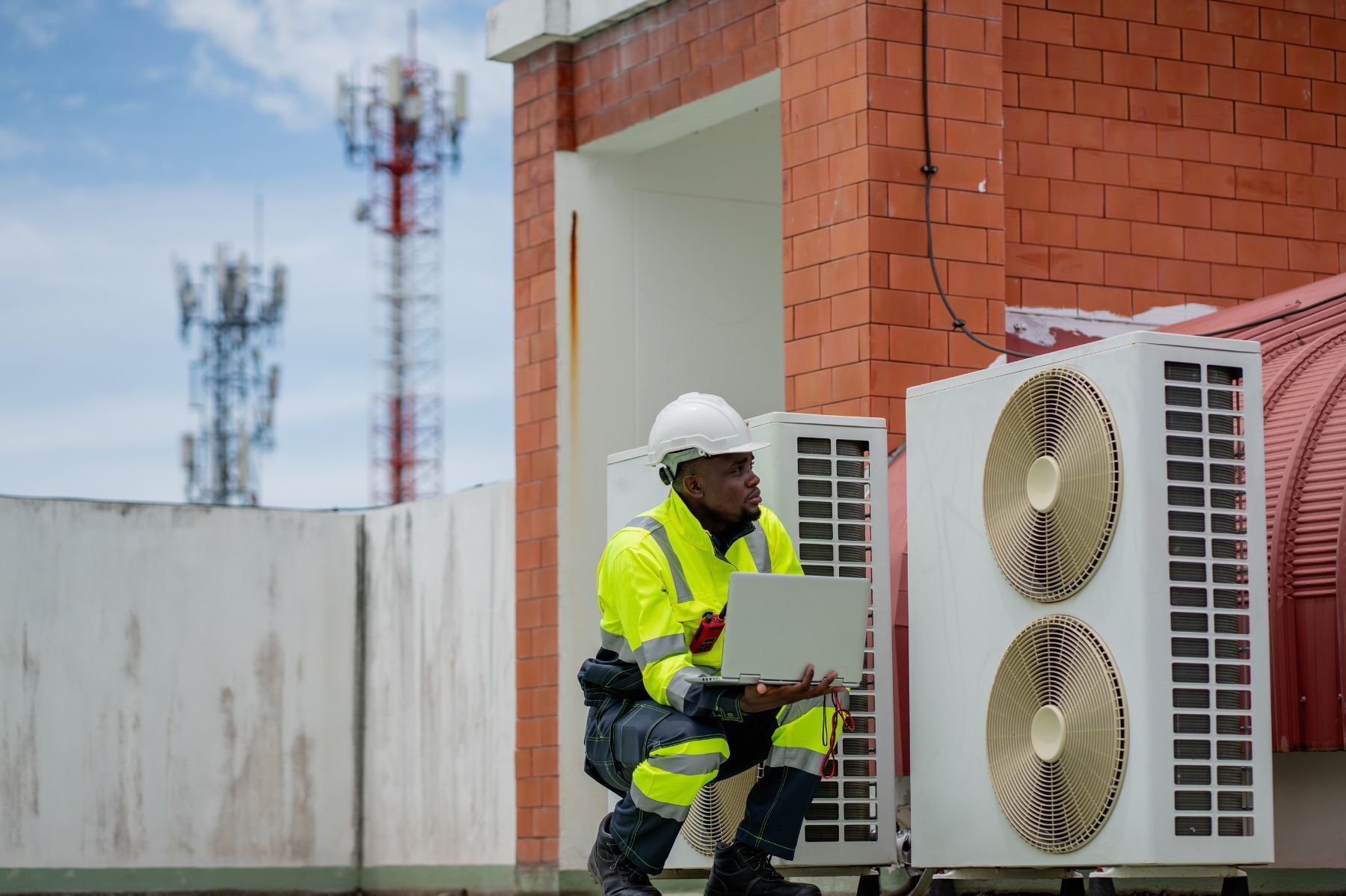Why General Contractors Demand Proof of Insurance from HVAC Subs
See How We're Different
or call us: (469) 678-8001

In the construction industry, trust and reliability are paramount. When general contractors hire subcontractors, especially HVAC specialists, they must ensure that these professionals are properly insured. This requirement is far from bureaucratic red tape—it’s a crucial safeguard protecting everyone involved. From financial security to client confidence, proof of insurance plays a vital role in maintaining smooth project execution and minimizing risks.
General contractors in Texas, for example, pay an average of $152 per month for general liability insurance, underscoring how essential this coverage is in the construction sector (Insureon). This article explores why general contractors demand proof of insurance from HVAC subcontractors, the types of coverage required, and how insurance benefits the entire construction ecosystem.
The Importance of General Liability Insurance for HVAC Subs
General liability insurance is the cornerstone of protection for any contractor, including HVAC subcontractors. It covers accidents that cause property damage or bodily injury during the course of work. For general contractors, knowing that their HVAC subs carry this insurance means they are shielded from potential lawsuits or costly claims that could arise from unforeseen incidents on the job site.
According to industry reports, general liability insurance typically covers damages related to client property and injuries sustained by third parties, which can otherwise lead to significant financial losses (Insureon). This coverage is especially critical in HVAC work, where technicians operate heavy equipment and work in confined or hazardous environments. HVAC systems often involve intricate installations and repairs, which can pose risks not only to the technicians but also to the surrounding property and individuals. For instance, a technician accidentally damaging a wall while installing ductwork could lead to costly repairs and potential legal issues, underscoring the necessity of having adequate insurance coverage.
Premiums for HVAC contractors often range from 1.3% to 2.6% of their annual revenue, reflecting the risk profile of the industry (ContractorNerd). This investment in insurance is a small price to pay compared to the potential costs of accidents or damage claims. Moreover, having general liability insurance can enhance a contractor's credibility and reputation in the industry. Clients are more likely to trust and hire HVAC subcontractors who can demonstrate they are insured, as it shows a commitment to professionalism and accountability. This trust can lead to more job opportunities and potentially higher profit margins, as clients may be willing to pay a premium for peace of mind knowing that they are protected against unforeseen circumstances.
In addition to the basic coverage provided by general liability insurance, HVAC subcontractors may also want to consider additional endorsements or riders that can further protect their business. For example, adding coverage for equipment breakdowns or tools and machinery can safeguard against losses that could occur if essential equipment fails during a job. Furthermore, some policies offer coverage for completed operations, which protects contractors from claims that arise after a project has been finished. This is particularly relevant in HVAC work, where issues may not manifest until some time after installation, potentially leading to disputes and claims against the contractor.
Why Proof of Insurance Builds Client Confidence
Beyond legal and financial protection, proof of insurance plays a pivotal role in building trust with clients. Many clients now require HVAC contractors to show evidence of insurance coverage before hiring them. This trend reflects a growing awareness of risk management and the desire to work with professionals who demonstrate responsibility and preparedness.
Ellie McKenna, a creative copywriter with experience in contractor marketing, emphasizes that “clients feel more confident hiring freelancers who are insured, knowing they’re protected if something goes wrong” (HVAC Mind). This confidence can be a deciding factor when general contractors select HVAC subs, as it reduces hesitation and reassures stakeholders that the project is in capable hands.
Moreover, many general contractors have internal policies or contractual obligations that mandate subcontractors carry specific insurance coverage. This requirement helps maintain consistency across projects and ensures that all parties are aligned in managing risks.
In addition to fostering trust, proof of insurance can significantly enhance a contractor's marketability. When HVAC professionals can showcase their insurance credentials, they not only comply with industry standards but also differentiate themselves from competitors who may not prioritize such coverage. This competitive edge can lead to increased job opportunities, as clients often prefer to work with those who are fully insured, knowing that they are taking proactive steps to mitigate potential liabilities.
Furthermore, having proof of insurance can streamline the bidding process for HVAC contractors. When submitting proposals, contractors who include their insurance documentation are more likely to be viewed favorably by potential clients. This transparency demonstrates a commitment to professionalism and can lead to quicker decision-making on the client's part. In a field where reliability and safety are paramount, such documentation can be the key to unlocking new projects and long-term partnerships.
Workers’ Compensation and Liability Requirements
In addition to general liability insurance, HVAC subcontractors often need to provide proof of workers’ compensation insurance. This coverage protects employees if they are injured on the job, covering medical expenses and lost wages. In states like California, HVAC contractors must meet specific minimum coverage amounts, such as $100,000 per person for bodily injury, $300,000 per occurrence, and $50,000 for property damage (Foothill Insurance Agency).
These requirements are not merely regulatory hurdles; they ensure that subcontractors can responsibly manage employee risks without exposing the general contractor to liability. If a subcontractor lacks adequate workers’ compensation insurance, any workplace injury could result in costly legal battles or claims against the general contractor.
By demanding proof of these coverages upfront, general contractors protect their own business interests and maintain compliance with state laws and industry standards. Furthermore, having robust workers’ compensation coverage can enhance a subcontractor's reputation in the industry, as it demonstrates a commitment to employee safety and well-being. This can be particularly appealing to potential clients who prioritize working with responsible contractors that value their workforce.
In addition to the legal and financial implications, understanding the nuances of workers’ compensation can also foster a culture of safety within the workplace. HVAC subcontractors who invest in training and safety programs often see a decrease in workplace incidents, leading to lower insurance premiums over time. This proactive approach not only benefits the employees but also contributes to the overall efficiency and productivity of the business, creating a win-win scenario for all parties involved.
Financial Risks of Inadequate Insurance Coverage
Failing to verify insurance coverage can lead to significant financial repercussions. Studies in the heating and cooling industry highlight how inadequate coverage contributes to technician shortages and revenue losses, with some estimates reaching $250,000 annually due to these issues (HVAC Mind).
When subcontractors are uninsured or underinsured, general contractors may face unexpected expenses from property damage, bodily injury claims, or project delays. These costs can quickly erode profit margins and damage reputations.
Furthermore, insurance acts as a financial safety net that allows projects to proceed without interruption. It mitigates the risk of catastrophic losses that could otherwise halt work or lead to litigation.
In addition to the immediate financial implications, inadequate insurance coverage can also lead to long-term consequences for businesses. Companies may find it increasingly difficult to secure contracts if they have a history of claims or if potential clients perceive them as high-risk due to insufficient coverage. This perception can stifle growth opportunities and hinder the ability to compete effectively in the marketplace. Moreover, the lack of proper insurance can result in higher premiums in the future, as insurers adjust rates based on previous claims history and risk assessments.
Moreover, the emotional toll of navigating financial uncertainties can be substantial for business owners. The stress associated with potential liabilities and the fear of losing everything invested in a project can lead to poor decision-making and burnout. This psychological strain can affect not only the owners but also their employees, leading to decreased morale and productivity. Thus, ensuring adequate insurance coverage is not just a financial necessity; it is also a critical component of fostering a healthy work environment and sustaining long-term business viability.
How Insurance Protects Against Unexpected Events
Construction projects are inherently unpredictable. From accidents to equipment failures, many “what if” scenarios can disrupt timelines and budgets. Having business insurance helps HVAC subcontractors—and by extension, general contractors—manage these uncertainties.
The Construction Business Owners Association notes that insurance offers protection from a wide range of unexpected events and accidents, reducing the stress and financial burden on contractors (CGAA).
This peace of mind allows general contractors to focus on project management and client relationships rather than worrying about potential liabilities. Insurance coverage ensures that when accidents happen, there is a clear path to resolution without jeopardizing the entire project.
Moreover, the various types of insurance available—such as general liability, workers' compensation, and equipment insurance—cater to the specific needs of construction businesses. General liability insurance protects against claims of bodily injury or property damage that may occur on the job site, while workers' compensation provides coverage for employees injured while working, ensuring they receive necessary medical care and compensation for lost wages. Equipment insurance safeguards against the loss or damage of essential tools and machinery, which can be particularly costly and disruptive to ongoing projects.
In addition to these core coverages, many contractors find value in specialized policies like professional liability insurance, which protects against claims of negligence or inadequate work. This is especially important in the HVAC sector, where the complexity of systems can lead to disputes over performance and compliance. By investing in comprehensive insurance solutions, contractors not only protect their financial interests but also enhance their credibility and reputation in the industry, fostering trust with clients and stakeholders alike.
Conclusion: Insurance as a Non-Negotiable Requirement
For general contractors, demanding proof of insurance from HVAC subcontractors is not just a formality—it’s a critical business practice that safeguards projects, finances, and reputations. From general liability to workers’ compensation, these coverages provide essential protection against the inherent risks of construction work.
In today’s competitive and risk-conscious market, HVAC contractors who carry proper insurance demonstrate professionalism and reliability. This not only helps them win contracts but also contributes to a safer, more secure construction environment for everyone involved.
General contractors who insist on verified insurance coverage can confidently build partnerships that withstand challenges and deliver successful project outcomes.











